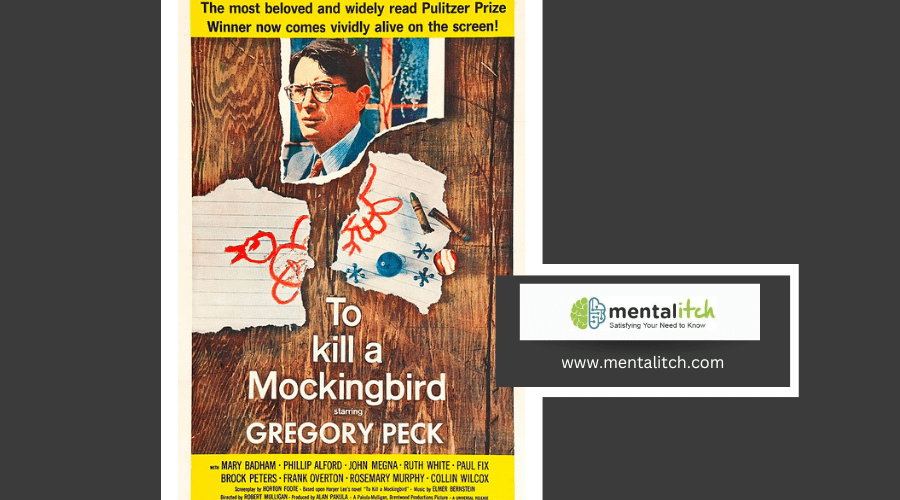The 1960s was a golden era for TV and film, with many stars crossing over between the two mediums. Some of the most memorable movies of the ’60s featured actors who were household names on television. This blend of small screen charm and big screen magic created unforgettable cinematic experiences.
For instance, Jack Lemmon, known for his TV appearances, shone brightly in films like “The Apartment” alongside Shirley MacLaine. Similarly, Paul Newman, whose piercing blue eyes captivated TV audiences, delivered iconic performances in movies such as “Butch Cassidy and the Sundance Kid,” cementing his status as a film legend.
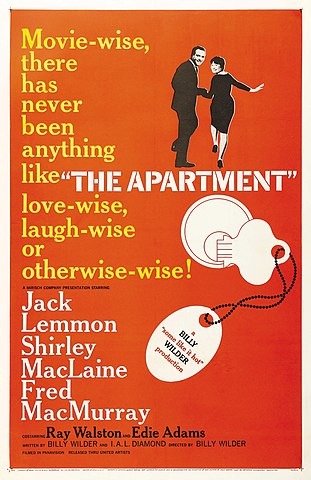
Audiences were delighted to see their favorite TV stars bring their talents to the movie theater, creating a bridge between their weekly television routines and the immersive experience of cinema. This unique crossover helped to define the entertainment landscape of the decade, making it a rich topic for anyone interested in the history of film and television.
The Rise of New Hollywood
New Hollywood marked a major shift in the American film industry in the late 1960s and early 1970s. This era brought fresh stories and innovative filmmaking techniques, heavily influenced by international cinema and the changing social landscape in the U.S.
Cultural Shifts and Cinematic Innovations
The late 1960s and early 70s were times of societal upheaval in the United States. Events like the Vietnam War and the Civil Rights Movement shaped the cultural landscape, and young filmmakers emerged to reflect these changes.
This new generation challenged traditional storytelling methods. Films became more experimental, exploring complex themes and morally ambiguous characters. They often used non-linear narratives and featured anti-establishment sentiments, reflecting the counterculture of the time.
Directors like Martin Scorsese, Francis Ford Coppola, and Steven Spielberg started their careers during this period. Their work pushed the boundaries of mainstream cinema. They incorporated techniques like long takes and naturalistic lighting, drawing inspiration from European cinema.
Influence of the French New Wave
The French New Wave was an important influence on New Hollywood. This movement, which began in the late 1950s and 1960s in France, featured innovative storytelling and visual styles. French directors like Jean-Luc Godard and François Truffaut brought fresh perspectives that resonated with young American filmmakers.
They rejected the traditional “invisible” style of Hollywood filmmaking, where editing and camera techniques were meant to go unnoticed. Instead, they used jump cuts, direct address to the camera, and unconventional narrative structures.
New Hollywood directors adopted these techniques to create films that felt more immediate and personal. The blend of French New Wave methods with American themes led to a unique style that defined New Hollywood. This period saw the rise of iconic films that remain influential today.
Notable Directors of the 1960s
The 1960s introduced groundbreaking filmmakers whose work left a lasting impact on cinema. These directors brought unique styles and powerful storytelling to the forefront, shaping the future of film.
Alfred Hitchcock’s Suspenseful Contributions
Alfred Hitchcock earned a reputation for his mastery of suspense and psychological thrillers during the 1960s. His films often delve into themes of guilt, fear, and moral ambiguity. “Psycho” (1960) is perhaps his most famous work from this era, featuring the iconic shower scene.
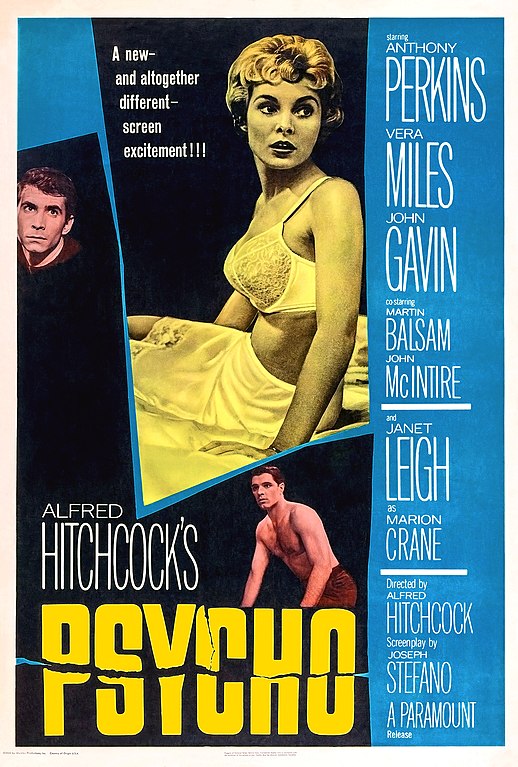
“The Birds” (1963) and “Marnie” (1964) are other notable films that blend suspense with complex character studies. Hitchcock’s innovative use of camera angles and music score heightened the tension, making his movies timeless classics.
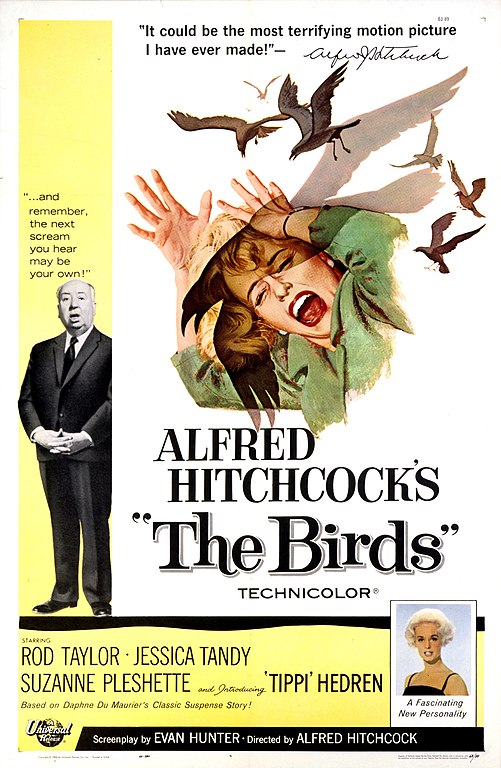
Sergio Leone and the Spaghetti Western
Sergio Leone revolutionized the Western genre with his spaghetti westerns in the 1960s. His unique style combines sweeping landscapes with intense close-ups and sparse yet impactful dialogue. “A Fistful of Dollars” (1964) and “The Good, the Bad and the Ugly” (1966) are cornerstones of his work.
Leone’s collaboration with composer Ennio Morricone produced unforgettable scores that elevated these films. The gritty, stylized violence and morally ambiguous characters set Leone’s films apart, influencing future filmmakers.
Stanley Kubrick’s Visionary Epics
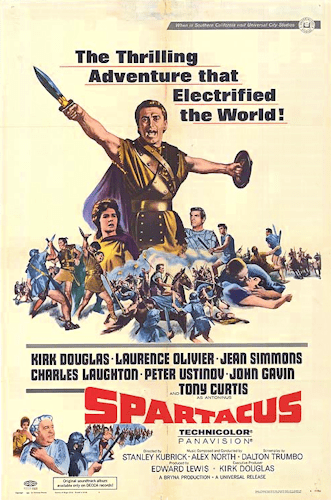
Stanley Kubrick was known for his meticulous attention to detail and diverse filmography. In the 1960s, he directed “Spartacus” (1960) and “Dr. Strangelove” (1964), showcasing his range from historical epic to dark comedy.
“2001: A Space Odyssey” (1968) stands out as a visionary epic that explored human evolution and artificial intelligence. Kubrick’s innovative techniques in visual effects and storytelling set a new standard in science fiction and cemented his legacy as a pioneering director.
David Lean’s Historical Sagas
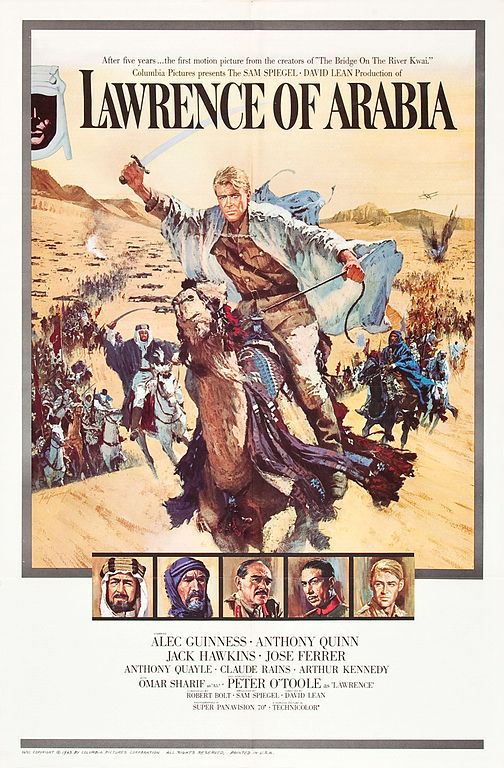
David Lean’s films from the 1960s are well-regarded for their grand scale and epic storytelling. “Lawrence of Arabia” (1962) is a prime example, detailing the life of T.E. Lawrence with sweeping desert vistas and a complex central character.
Lean also directed “Doctor Zhivago” (1965), a romantic drama set during the Russian Revolution. His attention to historical accuracy and emotional depth made these films not only visually impressive but also deeply moving.
The Artistic Stylings of Federico Fellini
Federico Fellini captured the imagination of audiences with his poetic and often surreal approach to filmmaking. His 1960s work includes “La Dolce Vita” (1960), a critique of modern society through the eyes of a disenchanted journalist.
“8½” (1963) is another masterpiece, reflecting Fellini’s introspective journey as a filmmaker facing a creative block. His use of dreamlike sequences and exploration of personal and social themes earned him a distinctive place in cinema history.
These directors brought unique perspectives and groundbreaking techniques to the medium, making the 1960s a pivotal decade in the world of film. These varied voices and styles continue to inspire new generations of filmmakers.
Innovations in Genre and Style
The 1960s marked a transformative period in cinema, introducing new genres, styles, and narrative techniques. The era was known for bold innovations, from psychological horror and revisionist westerns to daring musicals and impactful war films.
The Horror Renaissance and Psychological Thrills
The 1960s saw the rise of psychological horror, with movies like Psycho by Alfred Hitchcock changing the landscape. Hitchcock’s masterpiece introduced audiences to more nuanced, character-driven scares rather than relying solely on supernatural elements.
This decade also brought forward horror films that explored the human psyche and societal fears. These movies often blurred the line between sanity and insanity, creating a sense of realism that hadn’t been seen before. The focus shifted from monsters to human fears, making the horror more relatable and terrifying.
Westerns’ New Frontier
Westerns in the 1960s underwent a significant evolution. Films like The Good, the Bad and the Ugly by Sergio Leone redefined the genre with their stylish direction, anti-heroic characters, and moral ambiguity.
This period introduced the “Spaghetti Western,” a grittier, more realistic portrayal of the American West. The genre’s traditional themes of justice and heroism were put under scrutiny, offering complex characters and situations that reflected the changing societal values of the time.
The Musical Revolution
Musicals during the 1960s broke away from their traditional roots and embraced more contemporary themes and storytelling methods. Films like West Side Story combined classical music with contemporary issues, such as racial tensions.
These innovations brought a fresh perspective to the musical genre, making it more relevant to modern audiences. The choreography and music were used not just for entertainment but also to advance the plot and develop characters, creating a more integrated and engaging experience.
Evolution of War and Historical Cinema
War and historical films took on new depths in the 1960s, focusing on the psychological and emotional impacts of conflict. Movies like Lawrence of Arabia and The Great Escape presented war in a more nuanced manner, exploring personal stories of heroism and struggle.
World War II served as a backdrop for many of these films, highlighting individual bravery and the complexities of wartime morality. The detailed character studies and authentic portrayal of events offered audiences a deeper understanding of history and its effects on those who lived through it.
Iconic Actors and Their Defining Roles
The 1960s brought forth numerous TV and film icons whose performances became deeply etched in the hearts of audiences. These actors carried their small-screen fame into unforgettable movie roles.
Gregory Peck as Atticus Finch
Gregory Peck’s portrayal of Atticus Finch in To Kill a Mockingbird is one of cinema’s most revered performances. Peck brought Harper Lee’s beloved character to life with integrity and quiet strength. Finch, a principled lawyer, defends a black man unjustly accused of rape in the racially charged South. Peck’s measured and heartfelt performance earned him an Academy Award for Best Actor. His work as Atticus Finch remains a benchmark in portraying moral courage and ethical conviction on screen.
Clint Eastwood’s Rise as a Western Star
Clint Eastwood gained fame as Rowdy Yates in the TV series Rawhide. His transition to film brought him enduring stardom, particularly through his iconic role as “The Man with No Name” in Sergio Leone’s “Dollars Trilogy”: A Fistful of Dollars, For a Few Dollars More, and The Good, the Bad and the Ugly. Eastwood’s portrayal of the mysterious, gritty antihero with a sharp wit and tougher demeanor redefined the Western genre. His steely-eyed gaze and minimalistic dialogue became hallmarks of his enduring image.
Julie Andrews and the Allure of Musicals
Julie Andrews soared to fame in the 1960s with her roles in Mary Poppins and The Sound of Music. As Mary Poppins, Andrews played a practically perfect nanny with magical abilities, captivating both children and adults alike. Her role in The Sound of Music, as Maria von Trapp, showcased her remarkable singing talent and charm. Andrews’ strong vocal performances and warm, engaging screen presence made both films timeless and beloved classics. Her career in musicals defined her as a major star of the era.
The Antiheroes: Dustin Hoffman and Jon Voight
Dustin Hoffman and Jon Voight’s portrayals of antiheroes in The Graduate and Midnight Cowboy brought a new dimension to leading roles in film. Hoffman starred as Benjamin Braddock in The Graduate, a recently graduated student who becomes involved in a complex affair with an older woman. His nuanced performance captured the confusion and disillusionment of youth in the 1960s. Voight’s role as Joe Buck in Midnight Cowboy earned him critical acclaim. In the movie, Buck, a naive Texan, befriends a street-smart New Yorker played by Hoffman. Their performances in Midnight Cowboy brought attention to the complexities and struggles of marginalized characters in a changing society.
Groundbreaking Films and Their Legacy
The 1960s was a transformative decade for cinema. Many films from this period not only changed the industry but also left a lasting impact on film-making and culture. This section highlights some of these groundbreaking works.
Changing Tides: Bonnie and Clyde to Easy Rider
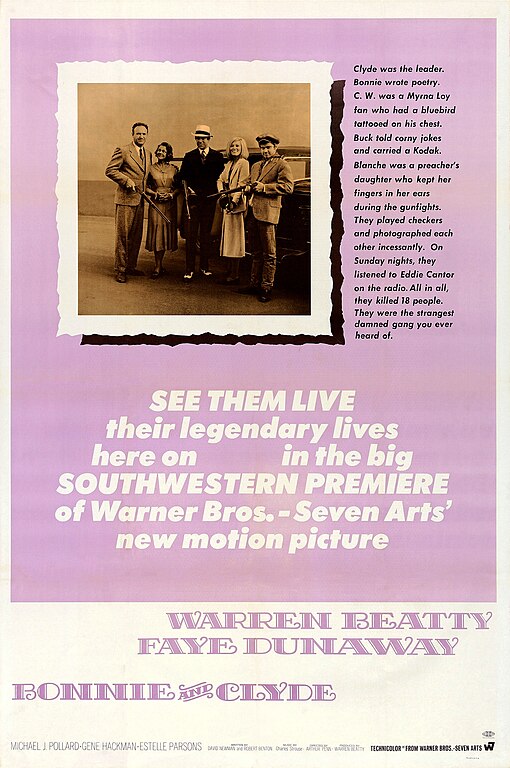
Bonnie and Clyde (1967) brought a new level of realism and violence to Hollywood. Starring Warren Beatty and Faye Dunaway, it stunned audiences with its brutal depiction of crime. The film’s success sparked a wave of similar films that broke away from traditional narratives and censorship.
Easy Rider (1969) captured the counterculture spirit of the 1960s. Starring Peter Fonda and Dennis Hopper, it explored themes of freedom and societal norms. The film’s success proved that independent films could compete with major studio releases and helped establish new opportunities for filmmakers.
Challenging Norms with Rosemary’s Baby and Night of the Living Dead
Rosemary’s Baby (1968) pushed the boundaries of horror. Directed by Roman Polanski, this psychological thriller told the story of a woman who suspects her unborn child is not what it seems. The film’s unsettling atmosphere and bold themes about autonomy and trust set new standards for horror films.
Night of the Living Dead (1968) revolutionized the zombie genre. Directed by George A. Romero, it introduced a new kind of horror that was raw and unflinching. The film’s use of stark black-and-white cinematography added to its gritty realism and inspired countless future horror projects.
Color vs. Black-and-White: Cinematic Aesthetics
The 1960s saw a shift from black-and-white to color films. While color became more prevalent, some filmmakers continued to use black-and-white to powerful effect. Psycho (1960), directed by Alfred Hitchcock, used black-and-white to heighten the film’s suspense and earned its place as a classic horror film.
In contrast, Mary Poppins (1964) utilized vivid color to create a magical, captivating experience for audiences. The choice of color vs. black-and-white was not just technical but often a deliberate artistic decision that helped define the film’s tone and impact.
The Global Impact of 1960s Cinema
The 1960s was a decade of vast and varied influence in cinema across the globe. Two significant sources of innovation were the Japanese and European film industries, each leaving a lasting impact on movie-making traditions and storytelling techniques.
The Influence of Japanese Cinema
Japanese filmmakers in the 1960s fundamentally changed how stories were told on screen. Directors like Akira Kurosawa introduced bold narratives and striking visuals. Yojimbo, a film about a crafty samurai, showcased Kurosawa’s talent for blending action with deep character complexity. This film not only became a hit in Japan but also influenced Westerns in Hollywood.
Another significant film, 8½ by Federico Fellini, while Italian, drew inspiration from the innovative storytelling methods of Japanese cinema. The aesthetic and thematic bravery seen in these films pushed global filmmakers to explore new horizons.
European Cinematic Trends
Europe, particularly France and Italy, became a hotspot of cinematic innovation. The French New Wave, led by directors like Jean-Luc Godard with Breathless, emphasized spontaneous storytelling and real-life settings. This movement encouraged filmmakers worldwide to break free from conventional narratives.
In Italy, Federico Fellini’s La Dolce Vita captured the essence of a changing society with its vivid and surreal portrayal of contemporary life. The film’s unique style and critique of societal norms resonated deeply on a global scale. European cinema of the 1960s stood out for its artistic bravery, influencing films across various genres and cultures.
Awards and Recognition in the 1960s
The 1960s was a decade rich in cinematic achievements, with numerous films and actors receiving prestigious awards. Key movies made a mark at the Oscars, particularly in the categories of Best Picture and acting performances.
Best Picture Winners and Nominees
The 1960s saw some timeless classics take the Best Picture award at the Oscars. “The Apartment” (1960), directed by Billy Wilder, won the Best Picture award. It featured Jack Lemmon and Shirley MacLaine, who both delivered memorable performances. Another standout was “West Side Story” (1961), which not only won Best Picture but also garnered ten Oscars overall, making it the most awarded film of the decade.
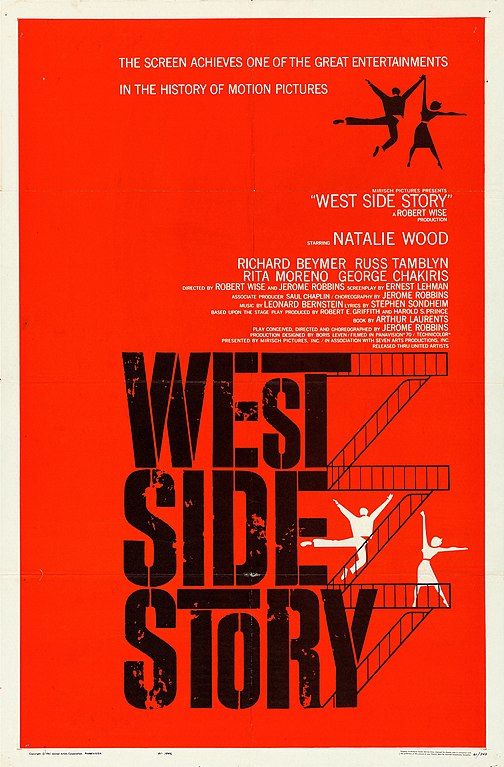
“To Kill a Mockingbird” (1962), based on Harper Lee’s novel, was nominated for Best Picture. Though it didn’t win, Gregory Peck’s portrayal of Atticus Finch earned him the Oscar for Best Actor. “The Sound of Music” (1965) was another major success, winning Best Picture and becoming one of the highest-grossing films of the decade.
Acting Awards and Critical Acclaim
In terms of acting awards, the 1960s were highlighted by several standout performances. Gregory Peck’s performance in “To Kill a Mockingbird” is often cited as one of the greatest, earning him a well-deserved Oscar. Audrey Hepburn’s role in “Breakfast at Tiffany’s” (1961) also brought significant acclaim, though she did not win the Oscar that year.
Another notable performance was by Shirley MacLaine in “The Apartment”, showcasing her versatility and earning critical praise. Julie Andrews’ role in “The Sound of Music” not only won her a Golden Globe but also solidified her as a beloved icon of the era.
Films of the 1960s left a lasting legacy, thanks in part to the awards and critical recognition they received during their time.
Social Issues Reflected in 1960s Films
The 1960s was a time of great social upheaval, and films of the decade often mirrored the changing values and conflicts of the era. Key issues like racial tensions and the portrayal of violence became central themes.
Racial Tensions and Civil Rights
Racial tensions and the fight for civil rights were at the forefront of American society in the 1960s. Films like To Kill a Mockingbird played a significant role in bringing these issues to light. The movie, based on Harper Lee’s novel, depicted the racial injustice in the American South. Gregory Peck’s portrayal of Atticus Finch, a lawyer defending a black man falsely accused of raping a white woman, highlighted the deep-seated racism and the struggle for justice.
Some films of the era also showcased the emerging Black Power movement and the call for equality. Sidney Poitier, a prominent actor, starred in several movies that tackled race relations, including Guess Who’s Coming to Dinner. This film challenged the taboo of interracial marriage, reflecting the evolving attitudes toward race in America.
The Portrayal of Violence and Morality
The 1960s saw a shift in how violence and morality were depicted in films. The Wild Bunch, released in 1969, is a notable example. Directed by Sam Peckinpah, the film was groundbreaking for its graphic portrayal of violence. It sparked debates about the impact of on-screen violence and the desensitization of audiences.
Films during this decade began to question traditional moral values and authority figures. They often depicted anti-heroes and complex characters who navigated moral ambiguity. This trend can also be seen in films like Bonnie and Clyde, which romanticized the lives of its criminal protagonists, challenging conventional notions of right and wrong.
The Evolution of Film Technology
Film technology has come a long way from its early days, transforming how stories are told on screen. Key developments include the transition from silent films to sound and the adoption of color, each bringing a new dimension to the audience’s experience.
From Silent to Sound: Audio Advances
The shift from silent films to sound began in the late 1920s, revolutionizing cinema. With the release of “The Jazz Singer” in 1927, audiences experienced synchronized dialogue and music for the first time. This marked the end of the silent film era and ushered in “talkies.”
Directors and actors had to adapt to the new technology. Studios quickly equipped theaters with sound systems. The advancements didn’t stop there. By the 1960s, audio technology had further improved, enhancing the experience through Dolby Stereo and other systems.
2001: A Space Odyssey, released in 1968, showcased cutting-edge sound design. The film employed silence, dialogue, and classical music effectively, creating an immersive experience. Similarly, the soundscape of Planet of the Apes (1968) added significant depth to its narrative.
The Revolutionary Use of Color
The use of color in films evolved from the early hand-painted black-and-white scenes to the vibrant Technicolor process. The 1930s saw the first feature-length color films like “The Wizard of Oz“ (1939). This technology gave filmmakers new creative tools.
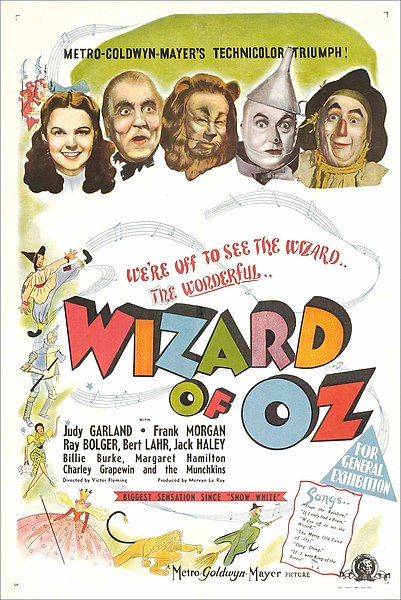
By the 1960s, color was standard in Hollywood productions. Movies like “Mary Poppins” (1964) and “The Sound of Music” (1965) showcased bright, vivid visuals that appealed to wide audiences. This era also saw the use of color to convey mood and themes, enhancing storytelling.
Directors like Stanley Kubrick used color innovatively. 2001: A Space Odyssey featured iconic visuals, with its kaleidoscopic “Star Gate” sequence and stark red HAL 9000 interface, demonstrating how color could be integral to a film’s impact.
